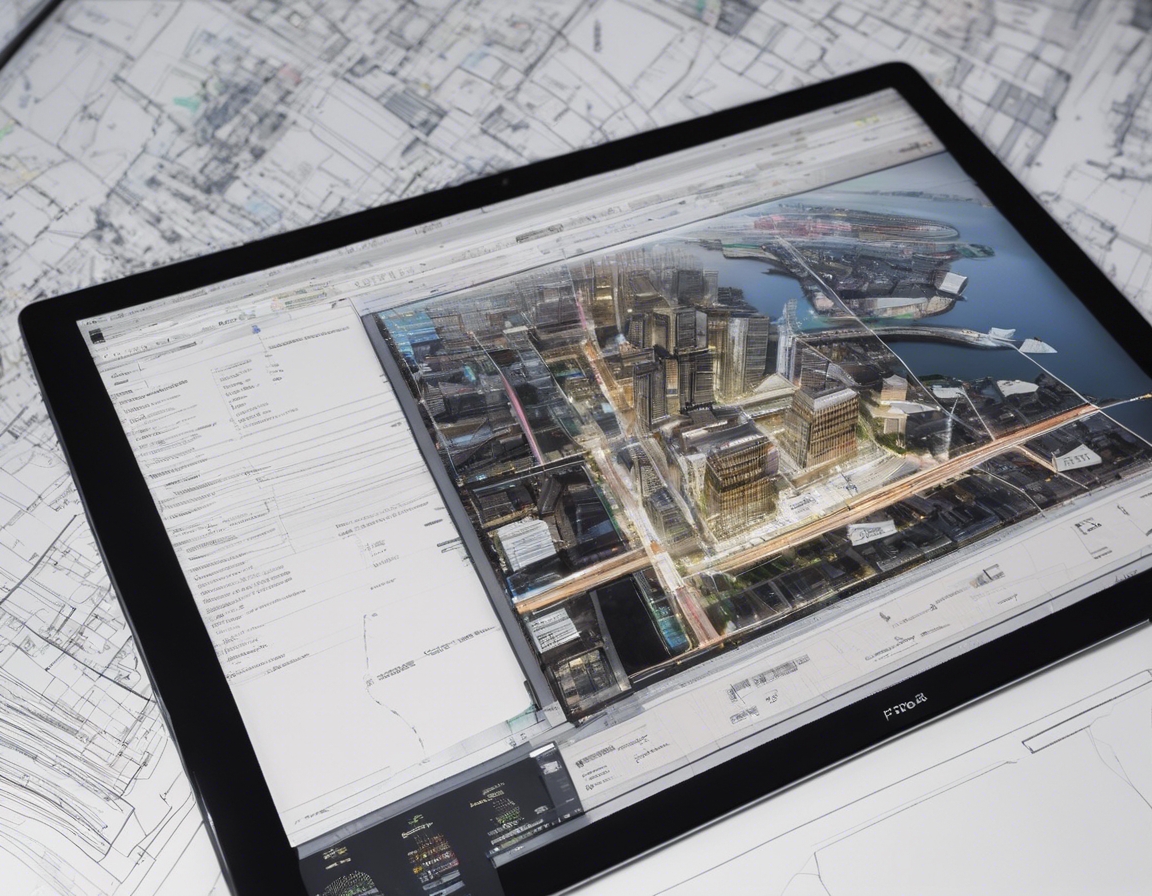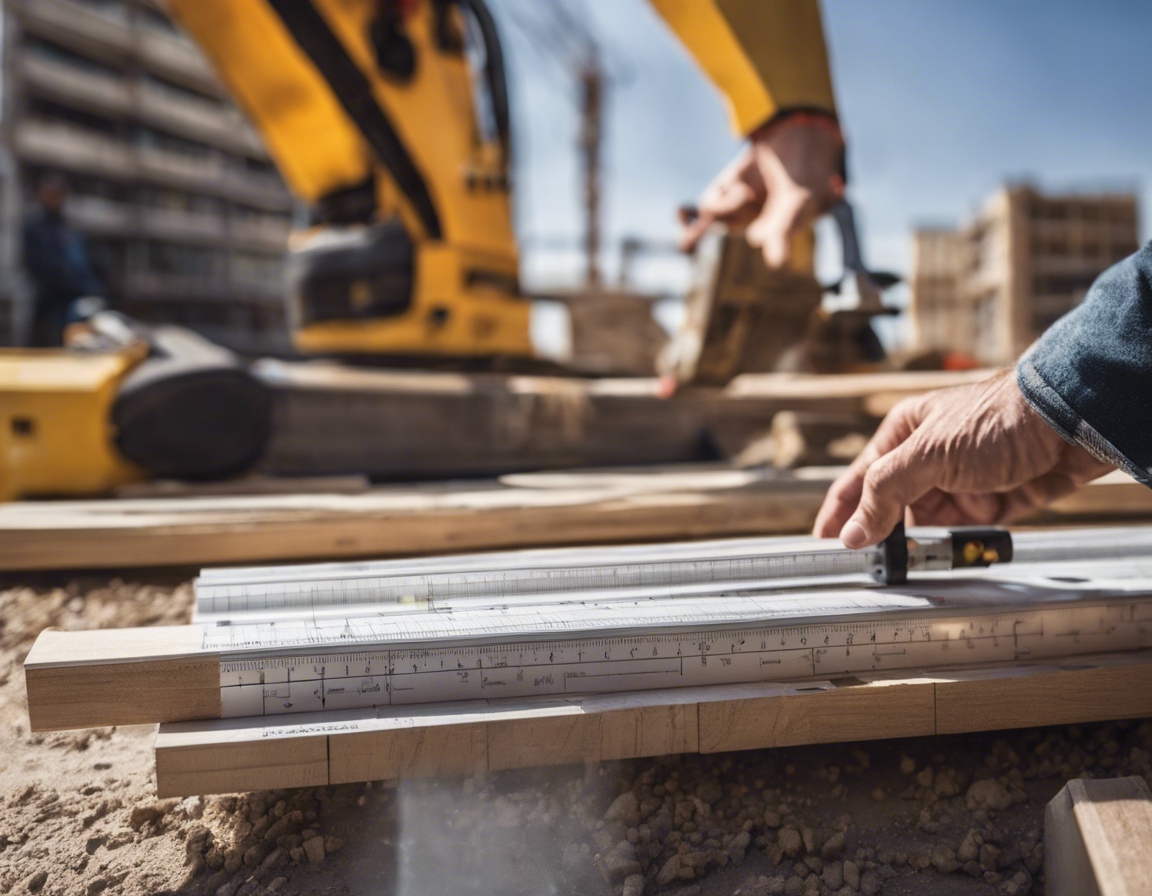The role of sustainability in modern construction
The concept of sustainability has become a cornerstone in modern construction, influencing every aspect from materials to methodologies. As the world grapples with environmental challenges, the construction industry is under increasing pressure to adapt and innovate to reduce its carbon footprint and contribute to a healthier planet.
Sustainability in construction refers to the adoption of building practices that are environmentally responsible, economically viable, and socially equitable. It encompasses a holistic approach that considers the entire lifecycle of a building, from design and construction to operation and demolition.
Over the past few decades, sustainable construction has evolved from a niche interest into a fundamental industry standard. This shift has been driven by a growing awareness of the environmental impact of construction activities, as well as by the recognition of the long-term economic benefits of sustainable practices.
The Pillars of Sustainable Construction
Environmental responsibility in construction involves minimizing the use of non-renewable resources, reducing waste and pollution, and protecting natural habitats. It also includes the integration of green spaces and biodiversity into urban environments.
Economic efficiency in sustainable construction is about reducing costs through energy-saving measures, material efficiency, and lifecycle costing. It also involves creating buildings that maintain their value over time and contribute to the economic vitality of their communities.
Social equity in construction ensures that the benefits of sustainable building practices are accessible to all segments of society. This includes designing inclusive and accessible spaces, as well as considering the social impact of construction projects on local communities.
Strategies for Sustainable Construction
One of the key strategies for sustainable construction is the use of renewable and recycled materials. This not only reduces the depletion of natural resources but also minimizes the environmental impact associated with the extraction and processing of raw materials.
Improving energy efficiency in buildings is crucial for reducing greenhouse gas emissions. This can be achieved through better insulation, energy-efficient appliances, and the integration of renewable energy sources such as solar and wind power.
Water conservation techniques, such as rainwater harvesting and greywater recycling, are essential for sustainable construction. Effective water management also includes the use of water-efficient fixtures and the protection of water resources during construction activities.
Reducing waste in construction involves optimizing material usage, recycling construction debris, and designing for deconstruction. Effective waste management practices help to minimize the environmental impact of building materials and contribute to a circular economy.
Smart design and urban planning are integral to sustainable construction. This includes creating buildings that are adaptable to changing needs, optimizing land use, and integrating transportation and infrastructure in a way that reduces the carbon footprint of urban development.
Challenges and Solutions in Sustainable Construction
While sustainable construction can lead to long-term savings, the initial costs can be a barrier. Innovative financing models and incentives can help to overcome these challenges and make sustainable building practices more accessible.
The construction industry must embrace new technologies and innovative practices to advance sustainability. This includes the development of new materials, construction techniques, and digital tools that can improve efficiency and reduce environmental impact.
Government policies and regulations play a crucial role in promoting sustainable construction. This includes building codes, zoning laws, and incentives that encourage the adoption of sustainable practices.
Education and training are essential for equipping the construction workforce with the skills needed to implement sustainable building practices. This includes ongoing professional development and the integration of sustainability into construction education programs.
The Future of Sustainable Construction
The future of sustainable construction is shaped by emerging trends and technologies that offer new possibilities for reducing the environmental impact of buildings. This includes advancements in green materials, modular construction, and smart building technologies.
Digitalization is transforming the construction industry, enabling more precise planning, efficient construction processes, and better lifecycle management of buildings. The integration of digital tools such as Building Information Modeling (BIM) is essential for advancing sustainability in construction.






Comments (0)